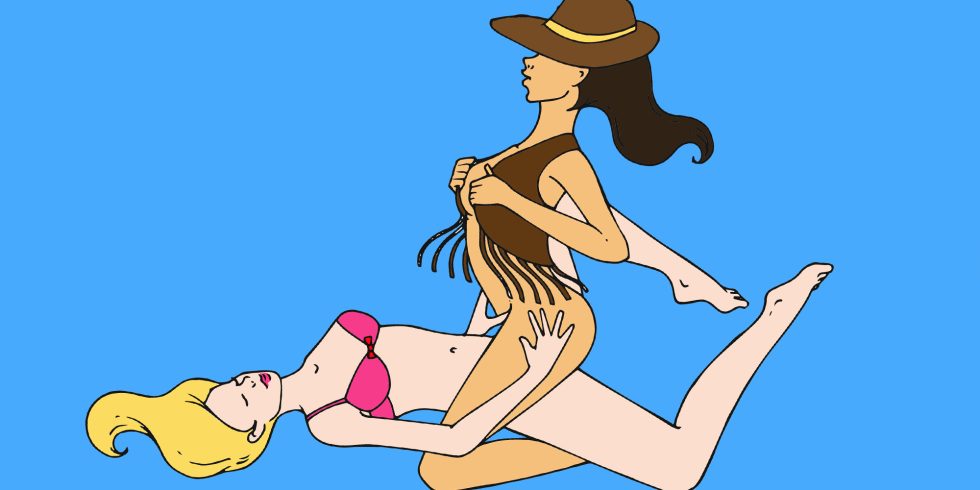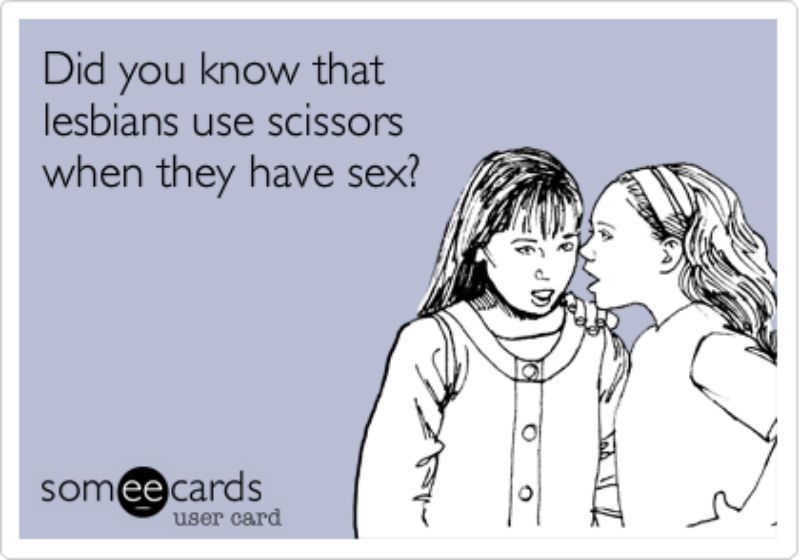Lost in Translation
As a lesbian, I was excited by the headline in the Daily Mail: NHS to Fund Sperm Bank for Lesbians. Sure it was in the UK and I haven’t lived there in years, but so what? Any progress for lesbians is good news, right?
But it wasn’t progress. It was fear-mongering. The subtitle screamed: New Generation of Fatherless Families…Paid for by YOU.
The article was pure, unadulterated lesbophobia. “For as little as £300 [about $450USD], women will be able to search a database for donors. This will mainly benefit those who want children without a relationship with a man. There is an increasing demand from lesbian couples and single women. Critics called it ‘dangerous’ and warned against creating fatherless families.”
If the article didn’t ram home the alarming idea of thousands of lesbians rushing to have the NHS pay for their homosexual babies, there was also a long sidebar commentary–as long as the article itself–from (notoriously anti-gay) Pakistani Anglican Bishop Michael Nazir-Ali, titled Designer Babies Are a Disaster for Society. Nazir-Ali argued that not having a father was a devastating and tragic experience for a child.
Yet these single women and lesbians choosing to have babies are in no way “designing” babies–they are just choosing to give birth without male partners.
A few days before the Daily Mail article, Cosmopolitan magazine proffered their contribution to misrepresentation of lesbians with the stunning 28 Lesbian Sex Positions to Blow Your Mind.
“Cosmopolitan.com now has sex positions for the lesbians, bisexuals, pansexuals, queers — all the lady-loving ladies in the crowd! You’ll never sex the same!”
All I can say to the “lady-loving ladies in the crowd” is–don’t try these at home. Not only will you not have an orgasm, but you may end up seriously injured, and possibly paralyzed for life.
The 28 sexual positions were represented by cartoon figures that looked like Barbie dolls, with the same elongated body shapes more appropriate to Avatar than to real women. The butch and femme were signaled by their hair length and who was wearing the bustier and garter belt. And despite that alluring “28,” there really were only three sexual acts represented: fingering of the clitoris, licking of the clitoris and anus, and a strap-on from behind.

While those are three very serviceable sex acts that could please most women having sex together, these were presented the way lesbian sexuality has always been represented by str8 people.
The male-driven pornographic nature of the 28 “positions,” especially as represented by cartoon characterizations without any semblance of passion or sensuality, let alone love, was flat-out offensive. Is “The Kinky Jockey,” where one woman “rides” the other while pulling her hair and allegedly orgasming by rubbing her clitoris on the woman’s tailbone an actual sexual position outside of male porn depictions of lesbians?
The total lack of feasibility and actual physical danger of most of these positions was disturbing and signaled a total lack of input from real lesbians in the writing of the article. Most of these “positions” involved sex on chairs, on the floor or standing up in configurations that might work for cartoon characters, but not for real women–especially not real women who might not be paper thin like the Barbie dolls of these pictures. (Do NOT try the one where one woman balances her weight on her neck while her body is in the air, her knees balanced on her partner’s thighs, who is sitting in a chair.)
The objectifying of lesbians is nothing new. Nor is the misrepresentation of lesbians. But the increased invisibility and erasure of lesbians even within the ever-expanding LGBTQQIAetc community have allowed this objectification and misrepresentation to be perpetuated–in these instances headlining a daily newspaper and a best-selling women’s magazine in the U.S.
Articles like these go beyond misrepresentation to str8 society–they also misrepresent lesbians to themselves and each other. How many lesbians will feel fearful to approach the NHS to be inseminated? How many young lesbians will see the Cosmopolitan article and think neither their sexuality nor their bodies are being represented there–and that they might be doing lesbianism wrong?
When it comes to representations of lesbians in mainstream media by str8 people, it’s often as if Stonewall never happened.
